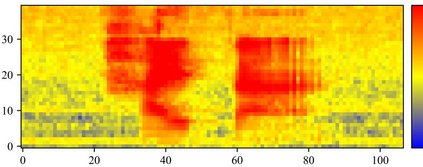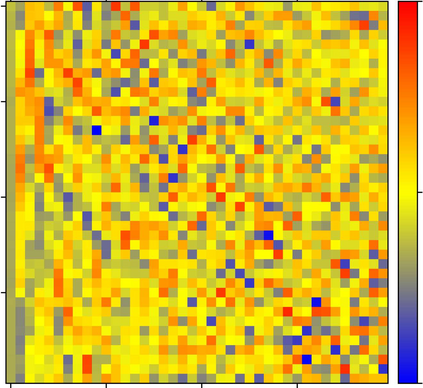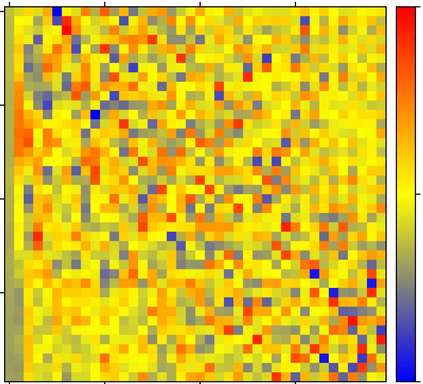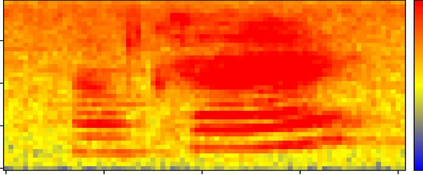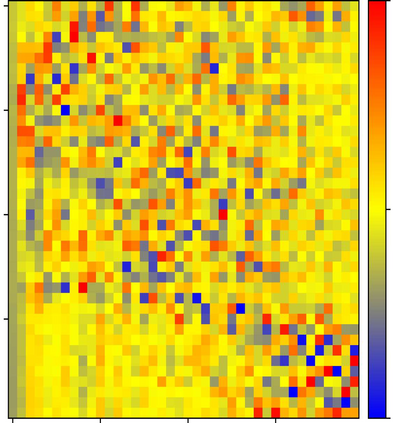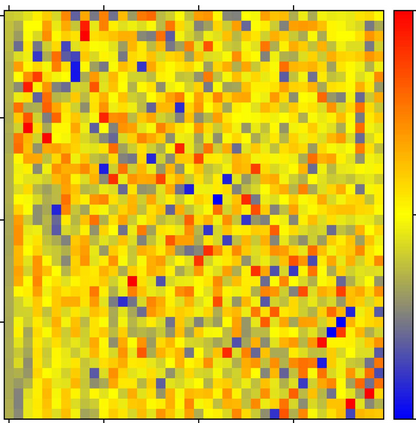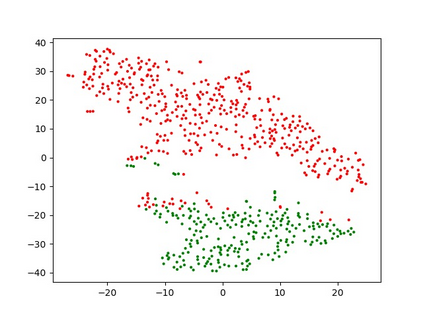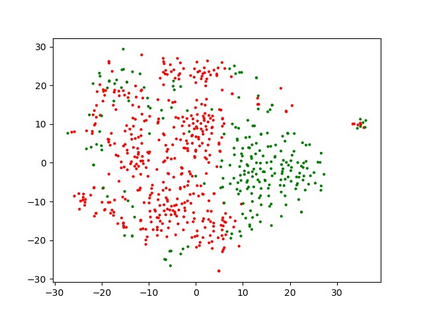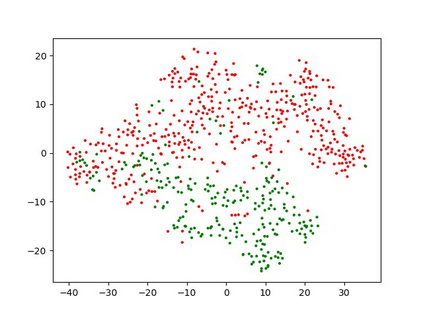Despite the rapid progress of automatic speech recognition (ASR) technologies targeting normal speech in recent decades, accurate recognition of dysarthric and elderly speech remains highly challenging tasks to date. Sources of heterogeneity commonly found in normal speech including accent or gender, when further compounded with the variability over age and speech pathology severity level, create large diversity among speakers. To this end, speaker adaptation techniques play a key role in personalization of ASR systems for such users. Motivated by the spectro-temporal level differences between dysarthric, elderly and normal speech that systematically manifest in articulatory imprecision, decreased volume and clarity, slower speaking rates and increased dysfluencies, novel spectrotemporal subspace basis deep embedding features derived using SVD speech spectrum decomposition are proposed in this paper to facilitate auxiliary feature based speaker adaptation of state-of-the-art hybrid DNN/TDNN and end-to-end Conformer speech recognition systems. Experiments were conducted on four tasks: the English UASpeech and TORGO dysarthric speech corpora; the English DementiaBank Pitt and Cantonese JCCOCC MoCA elderly speech datasets. The proposed spectro-temporal deep feature adapted systems outperformed baseline i-Vector and xVector adaptation by up to 2.63% absolute (8.63% relative) reduction in word error rate (WER). Consistent performance improvements were retained after model based speaker adaptation using learning hidden unit contributions (LHUC) was further applied. The best speaker adapted system using the proposed spectral basis embedding features produced the lowest published WER of 25.05% on the UASpeech test set of 16 dysarthric speakers.
翻译:尽管近几十年来针对正常语言的自动语音识别(ASR)技术取得了快速进展,但准确承认读写和老年语言仍然是目前极具挑战性的任务。通常在正常语言中常见的异质性源,包括口音或性别,如果随着年龄和语言病理严重程度的变异性而进一步复杂化,则在发言者中造成了巨大的多样性。为此,演讲者适应技术在针对这些用户的ASR系统个人化方面发挥着关键作用。受对立体、老年人和正常语言之间的分级差异的激励,这些差异系统地表现在动脉不均、体积和清晰度下降、发言速度下降和阅读不便增加,通常在正常的言语中常见,包括口音或性别。本文提议采用SVD语谱变异性,以方便演讲者适应最新混合的DNN/TDNN和末端选民语音识别系统。通过四个任务进行了实验:英语UASpeech 和TORGODODOLDURLL 语言调控下,在使用低调的语音系统后,在提议采用低位调调的语音系统。




